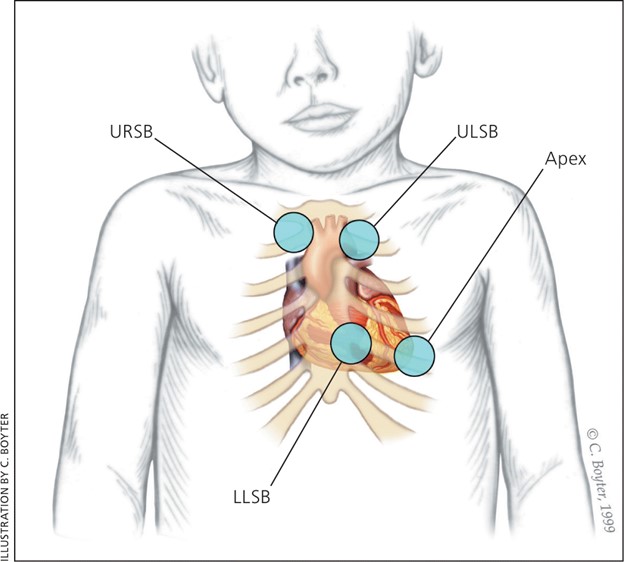Which of the following assessments is the priority for a toddler who is diagnosed with fetal alcohol syndrome?
Small head size.
Poor coordination.
Speech and language delays.
Heart murmur.
The Correct Answer is D
A heart murmur is a priority assessment for a toddler who is diagnosed with fetal alcohol syndrome because it may indicate a congenital heart defect, which can affect the child’s growth, development and oxygenation. According to the health search results, fetal alcohol syndrome can cause heart and kidney problems, among other complications.

Choice A is wrong because small head size is a common feature of fetal alcohol syndrome, but it is not a priority assessment. It indicates that the child has microcephaly, which is associated with intellectual and learning disabilities.
Choice B is wrong because poor coordination is another common feature of fetal alcohol syndrome, but it is not a priority assessment. It indicates that the child has problems with motor skills and balance.
Choice C is wrong because speech and language delays are also common features of fetal alcohol syndrome, but they are not a priority assessment. They indicate that the child has problems with communication and social skills.
Nursing Test Bank
Naxlex Comprehensive Predictor Exams
Related Questions
Correct Answer is ["A","B","C","D"]
Explanation
A. Administer oxygen. This is the first priority because oxygen can help prevent further sickling of red blood cells and improve tissue perfusion.
B. Start IV fluids. This is the second priority because hydration can reduce blood viscosity and prevent vaso-occlusion.
C. Administer pain medication. This is the third priority because pain is a common and distressing symptom of sickle cell crisis and should be treated with opioids around the clock.
D. Draw lab work. This is the last priority because lab work can help monitor the severity of the crisis and the need for blood transfusions, but it does not directly relieve the patient’s symptoms or prevent complications.
Correct Answer is C
Explanation
The client received a dose of clopidogrel at 2200. Clopidogrel is an antiplatelet drug that increases the risk of bleeding during and after a liver biopsy. The healthcare provider should be informed of this medication and decide whether to postpone the biopsy or administer reversal agents.
Choice A is wrong because being NPO since 2300 is a standard preparation for a liver biopsy.
Choice B is wrong because pain in the left lower quadrant and constipation are not related to the liver biopsy and do not pose an immediate risk.
Choice D is wrong because having an allergy is not relevant to the liver biopsy unless it is an allergy to the local anesthetic or contrast agent used.
Whether you are a student looking to ace your exams or a practicing nurse seeking to enhance your expertise , our nursing education contents will empower you with the confidence and competence to make a difference in the lives of patients and become a respected leader in the healthcare field.
Visit Naxlex, invest in your future and unlock endless possibilities with our unparalleled nursing education contents today
Report Wrong Answer on the Current Question
Do you disagree with the answer? If yes, what is your expected answer? Explain.
Kindly be descriptive with the issue you are facing.
